Is The Chinese language Calendar Correct? A Deep Dive Into Lunar Cycles And Historic Context
Is the Chinese language Calendar Correct? A Deep Dive into Lunar Cycles and Historic Context
Associated Articles: Is the Chinese language Calendar Correct? A Deep Dive into Lunar Cycles and Historic Context
Introduction
With enthusiasm, let’s navigate by the intriguing subject associated to Is the Chinese language Calendar Correct? A Deep Dive into Lunar Cycles and Historic Context. Let’s weave fascinating data and provide recent views to the readers.
Desk of Content material
Is the Chinese language Calendar Correct? A Deep Dive into Lunar Cycles and Historic Context
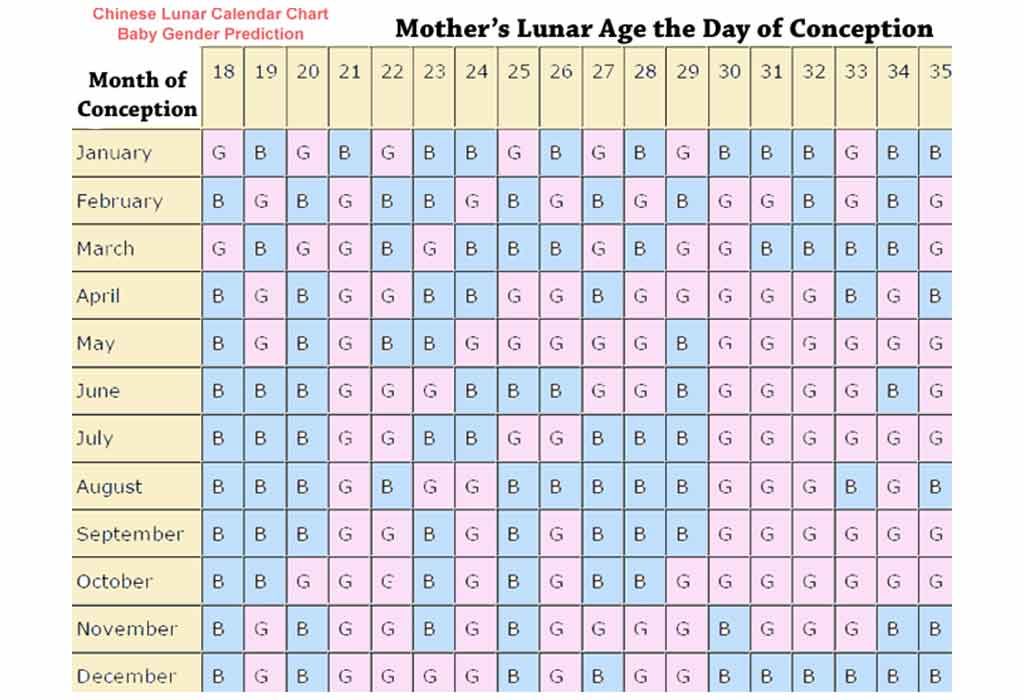
The Chinese language calendar, a wealthy tapestry woven from astronomical observations and cultural custom, has guided the lives of billions for millennia. Its distinctive system, mixing lunisolar cycles with intricate astrological interpretations, raises an important query: how correct is it? The reply, surprisingly, is multifaceted and depends upon what points of accuracy we take into account. Whereas it does not boast the precision of the Gregorian calendar for courting secular occasions, its accuracy in monitoring lunar phases and agricultural cycles deserves vital appreciation inside its historic and cultural context.
Understanding the Lunisolar System:
Not like the Gregorian calendar, which is solely photo voltaic, the Chinese language calendar is lunisolar. This implies it integrates each the lunar month (the time it takes the moon to orbit the Earth) and the photo voltaic 12 months (the time it takes the Earth to orbit the Solar). The lunar month, averaging roughly 29.5 days, types the muse of the calendar. Nonetheless, twelve lunar months fall in need of a photo voltaic 12 months by roughly 11 days. To reconcile this discrepancy, the Chinese language calendar incorporates intercalary months—an additional month added periodically to maintain the calendar aligned with the seasons.
The willpower of intercalary months is a fancy course of, traditionally counting on meticulous astronomical observations and calculations. Early strategies had been much less exact, resulting in occasional discrepancies between the calendar and the precise photo voltaic 12 months. Nonetheless, over centuries, Chinese language astronomers refined their calculations, incorporating refined mathematical fashions to enhance accuracy. Whereas not completely exact, these strategies considerably minimized the cumulative error over time.
Accuracy in Monitoring Lunar Phases:
One space the place the Chinese language calendar excels is in monitoring the lunar phases. The calendar’s core construction, primarily based on the synodic month (the time between two consecutive new moons), ensures remarkably correct prediction of latest moons, full moons, and different lunar phases. This accuracy was essential for conventional agricultural practices, spiritual festivals, and even social customs, all deeply intertwined with the lunar cycle. The constant predictability of lunar phases stays a testomony to the calendar’s enduring energy.
Accuracy in Predicting Photo voltaic Occasions:
Predicting photo voltaic occasions, reminiscent of solstices and equinoxes, presents a larger problem. Whereas the intercalary months assist align the lunar calendar with the photo voltaic 12 months, the inherent imperfections of the lunisolar system inevitably result in some discrepancies. The exact timing of solstices and equinoxes can range barely from the calendar’s predictions, particularly over longer intervals. This isn’t a flaw distinctive to the Chinese language calendar; all lunisolar calendars face this problem.
The accuracy in predicting photo voltaic occasions additionally improved over time with developments in astronomical understanding. Historical Chinese language astronomers developed refined devices and methods for observing celestial phenomena, resulting in extra refined calculations and a larger diploma of accuracy in predicting photo voltaic occasions. Nonetheless, the inherent limitations of the lunisolar system imply that excellent alignment with the photo voltaic 12 months is unattainable.
Accuracy within the Context of its Time:
It is essential to judge the accuracy of the Chinese language calendar inside its historic context. The calendar wasn’t designed to serve the identical functions because the Gregorian calendar. The Gregorian calendar, developed within the sixteenth century, prioritized exact courting for secular functions, reminiscent of record-keeping and worldwide commerce. The Chinese language calendar, nonetheless, served a distinct set of wants, primarily targeted on agricultural cycles, spiritual observances, and the broader rhythm of life dictated by the lunar and photo voltaic cycles.
On this context, the calendar’s accuracy was remarkably excessive. Its capacity to precisely predict lunar phases and supply an affordable approximation of the photo voltaic 12 months was enough for the wants of the time. The gradual refinement of astronomical calculations over centuries additional enhanced its accuracy, demonstrating a steady effort to enhance its alignment with celestial phenomena.
Trendy Diversifications and Challenges:
In the present day, the Chinese language calendar continues for use broadly, primarily for cultural and non secular functions. Whereas it does not compete with the Gregorian calendar for exact courting of secular occasions, its continued use highlights its enduring cultural significance. Trendy variations have integrated extra exact astronomical calculations, minimizing discrepancies between the calendar and precise celestial occasions.
Nonetheless, challenges stay. The complexity of the intercalary month system can nonetheless result in slight variations within the calendar’s alignment with the photo voltaic 12 months. Furthermore, the calendar’s inherent lunisolar nature signifies that its accuracy in predicting photo voltaic occasions will at all times be inherently restricted in comparison with a purely photo voltaic calendar just like the Gregorian.
Conclusion:
The accuracy of the Chinese language calendar is a fancy challenge, not simply answered with a easy sure or no. Whereas it does not provide the identical degree of precision because the Gregorian calendar for secular courting, it has demonstrated exceptional accuracy in monitoring lunar phases and offering an affordable approximation of the photo voltaic 12 months, particularly inside its historic context. Its steady refinement over millennia displays the dedication of Chinese language astronomers to aligning their calendar with celestial cycles. Finally, the Chinese language calendar’s enduring legacy lies not solely in its astronomical accuracy but in addition in its profound cultural and historic significance, a testomony to its capacity to combine astronomical observations with the rhythms of human life. Its accuracy must be judged not in opposition to a purely photo voltaic customary, however in opposition to the particular wants and context it was designed to serve, the place it has persistently confirmed its price for hundreds of years.
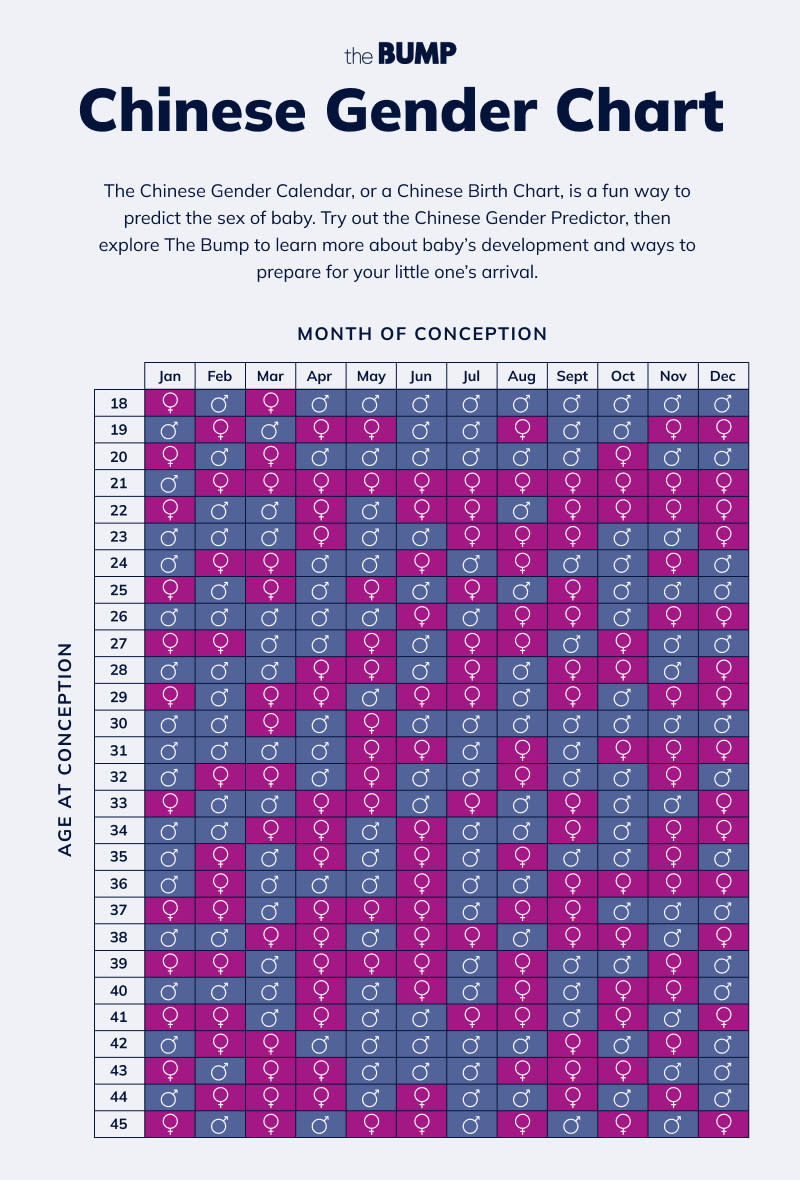
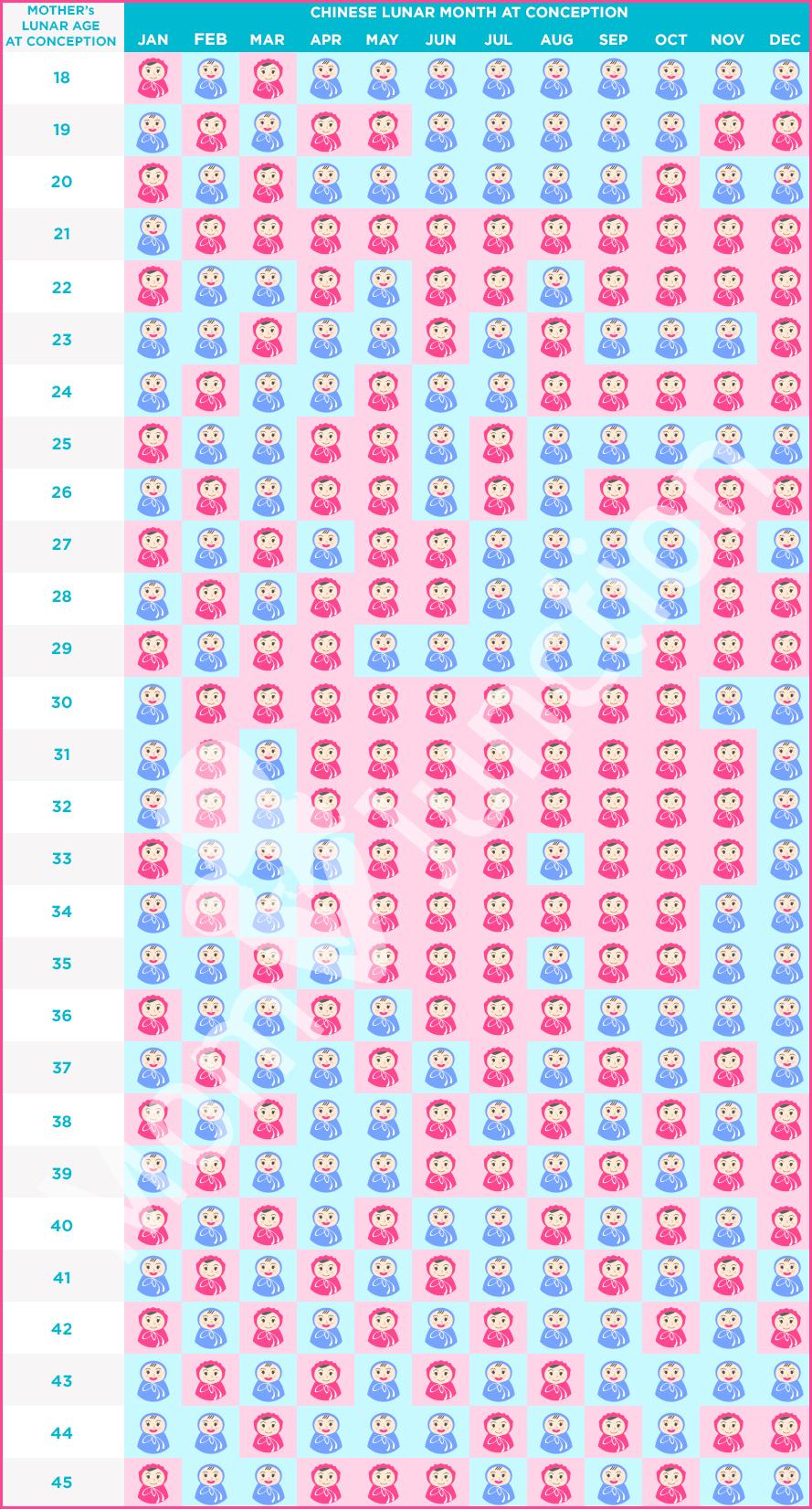
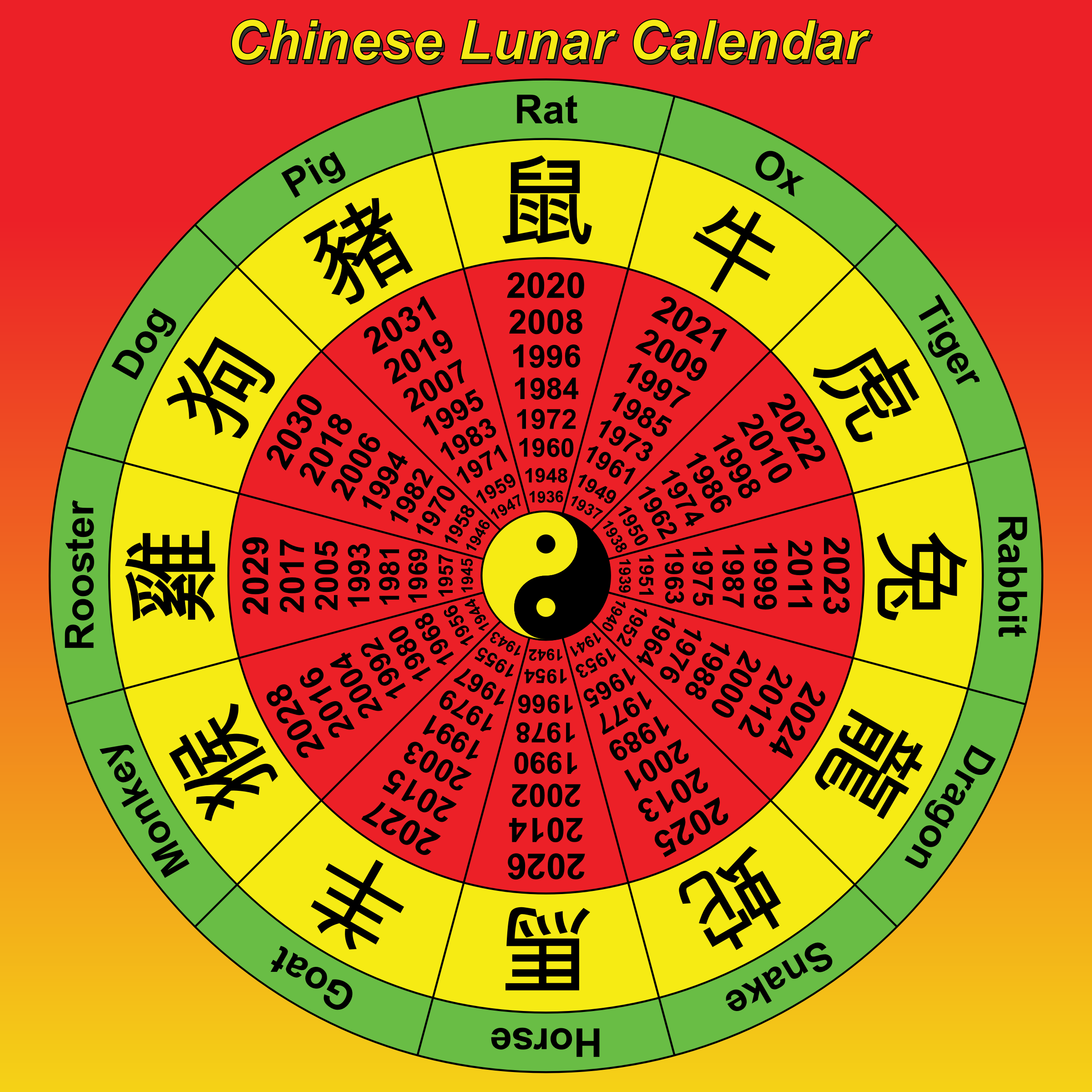




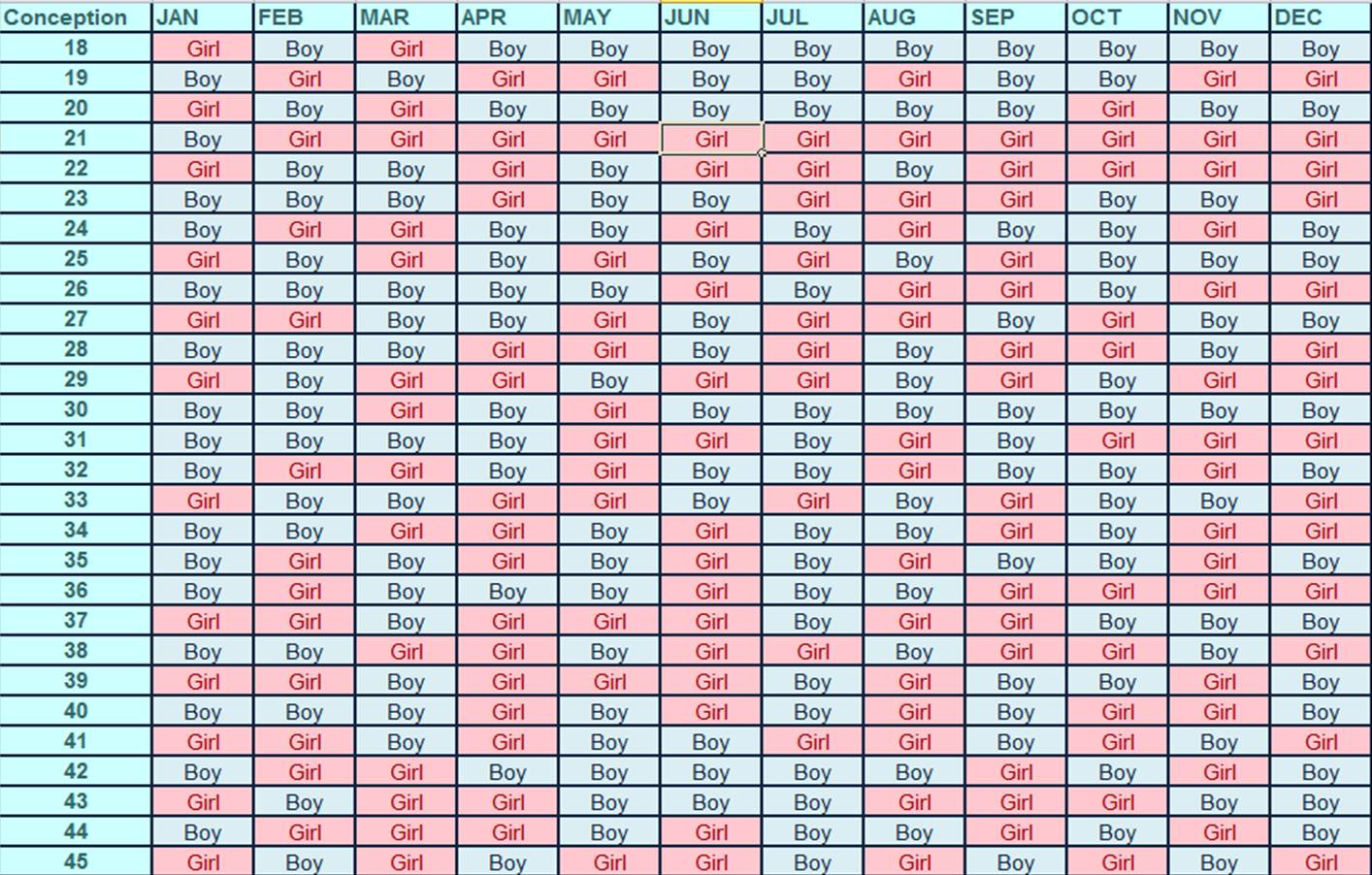
Closure
Thus, we hope this text has offered priceless insights into Is the Chinese language Calendar Correct? A Deep Dive into Lunar Cycles and Historic Context. We hope you discover this text informative and helpful. See you in our subsequent article!